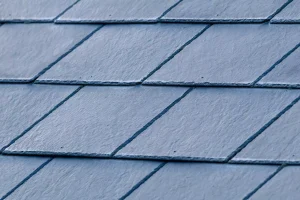
Architectural features are key components that define the design aesthetic of any home, and can be enhanced using vivid hues to instantly draw the eye and create focal points in its decor.
Wall grazing can create an intriguing lighting effect that emphasizes the texture and detail of stone walls, rock veneer walls or chimneys while framing spatial proportions effectively.
Columns
Columns are vertical structural elements that provide support for buildings or structures. They transfer weight from floors and roof to the foundation below, so they play an essential role in maintaining overall structural integrity of structures. Columns come in all shapes and sizes with various decorative features designed to complement their surrounding environment – they even play an essential part in designing buildings to complement architectural styles!
Utilizing columns and pillars as decorative features in your home can elevate the overall living experience while adding depth and dimension to its exterior or interior spaces. To accentuate these features, try painting them in contrasting colors for visual impact; variations in hue, value or saturation can have an enormous effect on their design aesthetics – these subtle details could have an amazing impactful statement about who lives there!
Archways
Interior archways are an effective way of adding architectural interest and visual impact to any room in the house, creating the illusion of greater space.
Arches make an attractive feature in any home, whether they’re embellished with trailing vines or illuminated with fairy lights. Arches can serve to define bedroom alcoves or act as proscenium for activities between rooms.
Make an archway more decorative by using letter stencils to paint an inspirational word or phrase over it with letter stencils. Make sure it fits with the overall decor style of your home and avoid using designs that follow along the archway’s line; these will draw unnecessary attention to it and emphasize its shape; instead opt for ones which curve gently around its curve.
Windows
Windows are key architectural features of any home’s design, used both to increase natural lighting and create visual connections between its facade and roof. Windows are an opportunity for homeowners to personalize the ambiance of their living space, highlight certain architectural styles, or incorporate personal taste and preferences into the home design process. Painting window frames, doors, or entryways in a contrasting hue from that surrounding facade will instantly draw the eye toward these features and increase natural lighting levels in a room. Wash lighting can also highlight textures on surfaces bringing attention to their unique design while adding depth and dimensions to any architecture project.
Doors
Doors are essential architectural features of a home, providing visual evidence of its design style and historical context. Doors add atmosphere, set a design aesthetic, and provide functional purposes such as space division or structural support. Door features may include decorative rails, sills and stiles – adding lighting can help highlight these unique architectural elements after sundown; just be sure your bulbs have an adequate wattage (usually 80W or lower) so as not to obscure their details.
Lighting
Lighting architectural features like columns, arches, windows, doors and other decorative elements will significantly improve their appearance in low lighting conditions at night. Uplighting or silhouette lighting techniques may be used to highlight these special details – selecting lights with sufficient wattage can ensure that these features won’t get lost among other parts of their surroundings.
Accent colors can also help draw attention to architectural features that require it. By adding contrast colors, architectural features like stairs or balustrades stand out against their surroundings in captivating and commanding ways. When considering color options in your home, natural lighting conditions should always be taken into account as this can alter how these hues appear in your room. Contrasting colors may help a staircase stand out against its environment more vividly than their environment would do otherwise.




